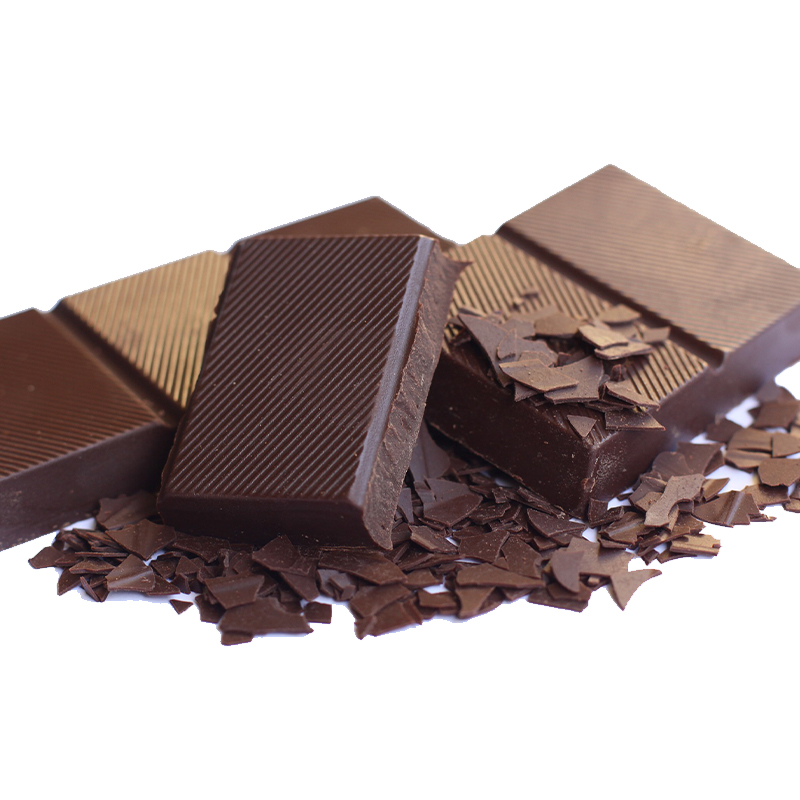Effects of Intentionally Enhanced Chocolate on Mood
Status: Complete
Hypothesis: A double-blind, randomized, placebo-controlled experiment investigated whether chocolate exposed to “good intentions” would enhance mood more than unexposed chocolate.
Design: Individuals were assigned to one of four groups and asked to record their mood each day for a week using the Profile of Mood States. For days three, four and five, each person ate a half ounce of dark chocolate twice a day at prescribed times. Three groups blindly received chocolate that had been intentionally treated by three different techniques. The intention in each case was that people who ate the chocolate would experience an enhanced sense of energy, vigor, and wellbeing. The fourth group blindly received untreated chocolate as a placebo control. The hypothesis was that mood reported during the three days of eating chocolate would improve more in the intentional groups than in the control group.
Subjects: Stratified random sampling was used to distribute 62 participants among the four groups, matched for age, gender, and amount of chocolate consumed on average per week.
Results: On the third day of eating chocolate, mood had improved significantly more in the intention conditions than in the control condition (p < .04). Analysis of a planned subset of individuals who habitually consumed less than the grand mean of 3.2 ounces of chocolate per week showed a stronger improvement in mood (p < .0001). All three intentional techniques contributed to the observed results.
Conclusion: The mood-elevating properties of chocolate can be enhanced with intention.
Co-investigator(s): James Walsh, Gail Hayssen
See related Research Paper: Effects of Intentionally Enhanced Chocolate on Mood
We would like to acknowledge the following for supporting this project: HESA Institute
